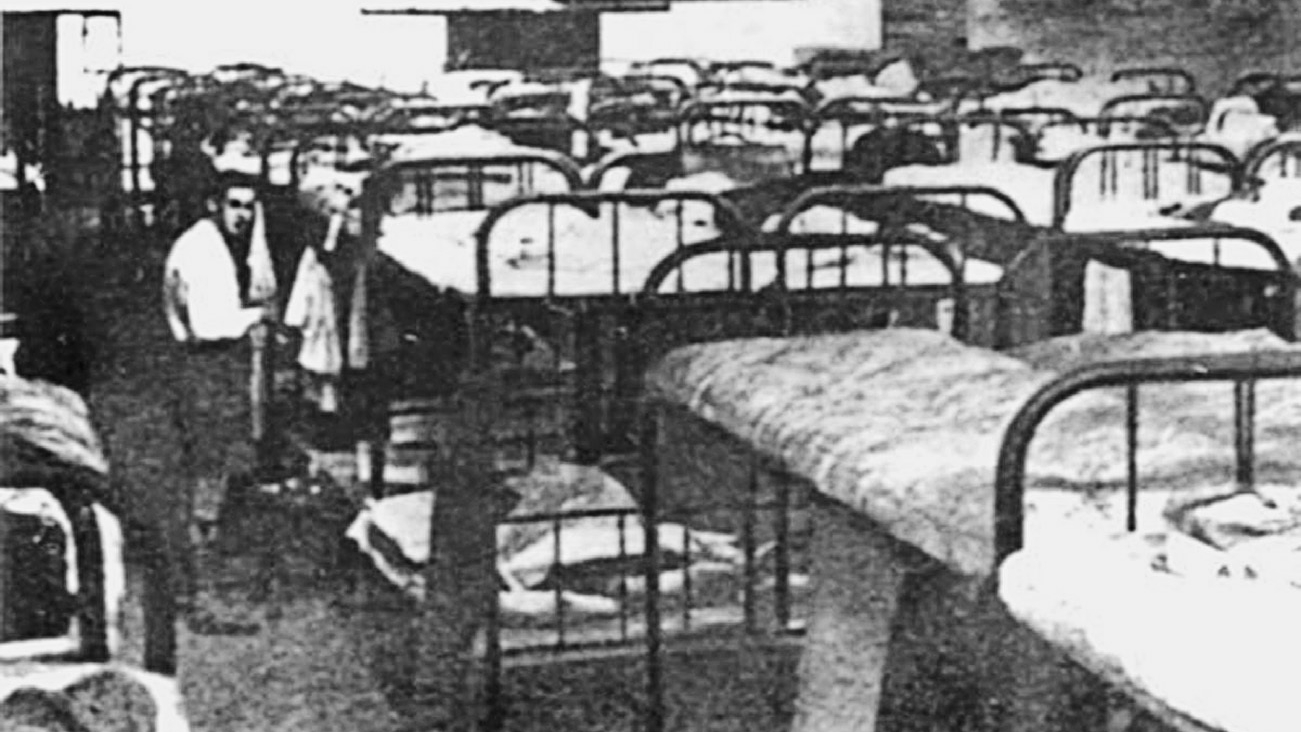Jews in Shanghai
Press Contact
SISU News Center, Office of Communications and Public Affairs
Tel : +86 (21) 3537 2378
Email : news@shisu.edu.cn
Address :550 Dalian Road (W), Shanghai 200083, China
Further Reading
JEWS IN SHANGHAI | National News Weekly: Jewish Refugees Managed a Living
25 September 2016 | By Luo Zhen'guang / trans. Huang Xie'an | Copyedited by Gu Yiqing
Editor's Note: During the World War II, more than 30,000 Jews, under attack by the Nazis in Europe, fled to Shanghai, China and 16,000 of them took refugee in this city. Meanwhile, the local Shanghai people were also in an abyss of pain inflicted by the Japanese invasion. Though the time was difficult, gratitude and mutual friendship lived on in the heart of the Jewish and Chinese people. The Shanghai Jewish Refugees Museum and Shanghai International Studies University (SISU) launched a initiative early this year to present those touching stories in Chinese, English, German and Hebrew. This is one of the selected stories in the project to commemorate the history of Jews in Shanghai.
|
W |
ithout newspaper reports, people would depend to a great extent on memories which are often distorted. The living conditions of the Jewish refugees in Shanghai were improving as time moved on, according to an increasing number of memoirs. So it is lucky that the National News Weekly, a local Chinese newspaper, recorded the actual living conditions of the Jewish refugees in Shanghai.
An article on the newspaper described a Jewish neighborhood in Hongkou on one end of the Garden Bridge upon the Suzhou River. There were pubs, factories, shops, service firms, barber shops, clinics and dentists. On three streets, people were engaged in over 500 trades. The Jewish refugees also had their own spiritual activities there. They had their theatres, synagogue and newspapers in the neighborhoods.
On the streets, however, there were people who walked in aimless strides with shrugged shoulders, and their eyes always seemed to shimmer with a strong desire to snatch everything. Many of them depended on free meals (half a bread and a bowl of soup) from shelters, although they did not live in the shelters.
At that time, there were three large provisional shelters in Hongkou for the Jewish refugees: one on Wayside Road, one on Ward Road and the other on San Hsing Road (now Pingliang Road). Each shelter provided a free meal every day for refugees inside and outside the shelter. The shelter on San Hsing Road was relatively well equipped, for there were small rooms for newly married couples. Anyway, the rooms in shelters were all very small. They were compared to pigeon homes. They had just space for two small beds and a small table, but they were neatly arranged. There were also pictures and words on the walls.
These notes on newspapers are definitely more truthful than personal recollections.
Press Contact
SISU News Center, Office of Communications and Public Affairs
Tel : +86 (21) 3537 2378
Email : news@shisu.edu.cn
Address :550 Dalian Road (W), Shanghai 200083, China


